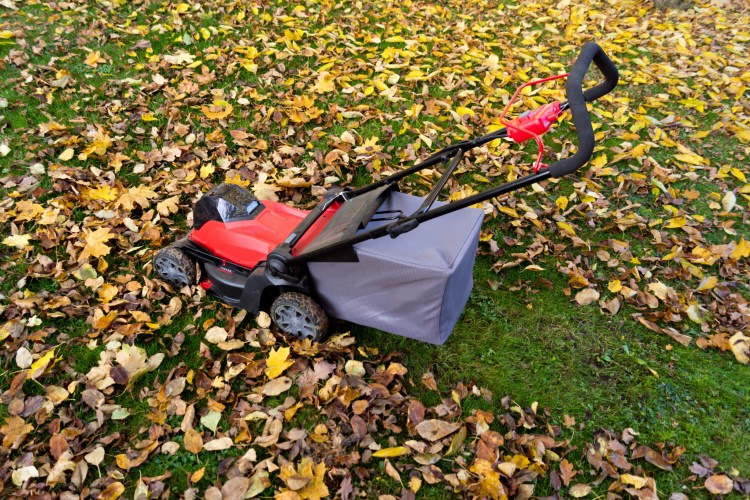I won’t be planting much in our gardens over the next few weeks, but I will be adding something from now until the end of the year.
What I’ll be adding is leaf mold, a cross between compost and mulch.
When I first started gardening almost half a century ago, I used a rototiller at the beginning and end of the season, thinking the fluffy soil was a good thing. Over time, the rototillers stopped working, and I learned that regular tilling wasn’t good for the soil. I switched to a broadfork to turn the soil gently with human power. Better, but some people say, still not good.
This year, I used the broadfork only where I planted dahlias.
To keep weeds down, I put leaf mold wherever I remove plants, as I did with the Super Sugar Snap vines in early July.
Leaf mold is what you get when you grind up the fallen leaves in the fall and let them rest for one winter. It isn’t real compost, because it doesn’t have enough green matter, but it’s finer than mulch. Its purpose in the garden is to prevent weeds and erosion and to hold moisture in the soil until it is time to plant something there, either later this fall or next spring. Leaf mold eventually breaks down and adds organic matter to the soil.
So far it seems to be working, and it eliminates the work of using the broadfork.
Send questions/comments to the editors.



Success. Please wait for the page to reload. If the page does not reload within 5 seconds, please refresh the page.
Enter your email and password to access comments.
Hi, to comment on stories you must . This profile is in addition to your subscription and website login.
Already have a commenting profile? .
Invalid username/password.
Please check your email to confirm and complete your registration.
Only subscribers are eligible to post comments. Please subscribe or login first for digital access. Here’s why.
Use the form below to reset your password. When you've submitted your account email, we will send an email with a reset code.